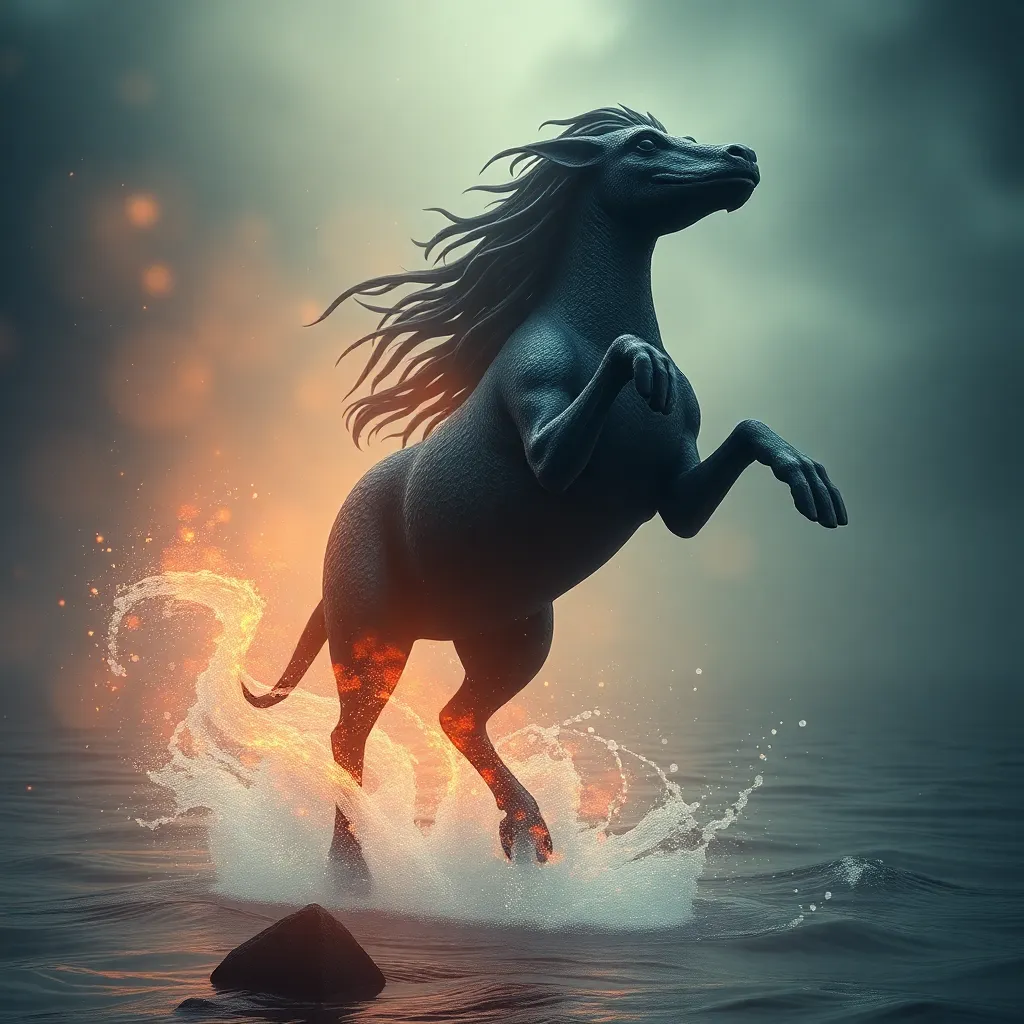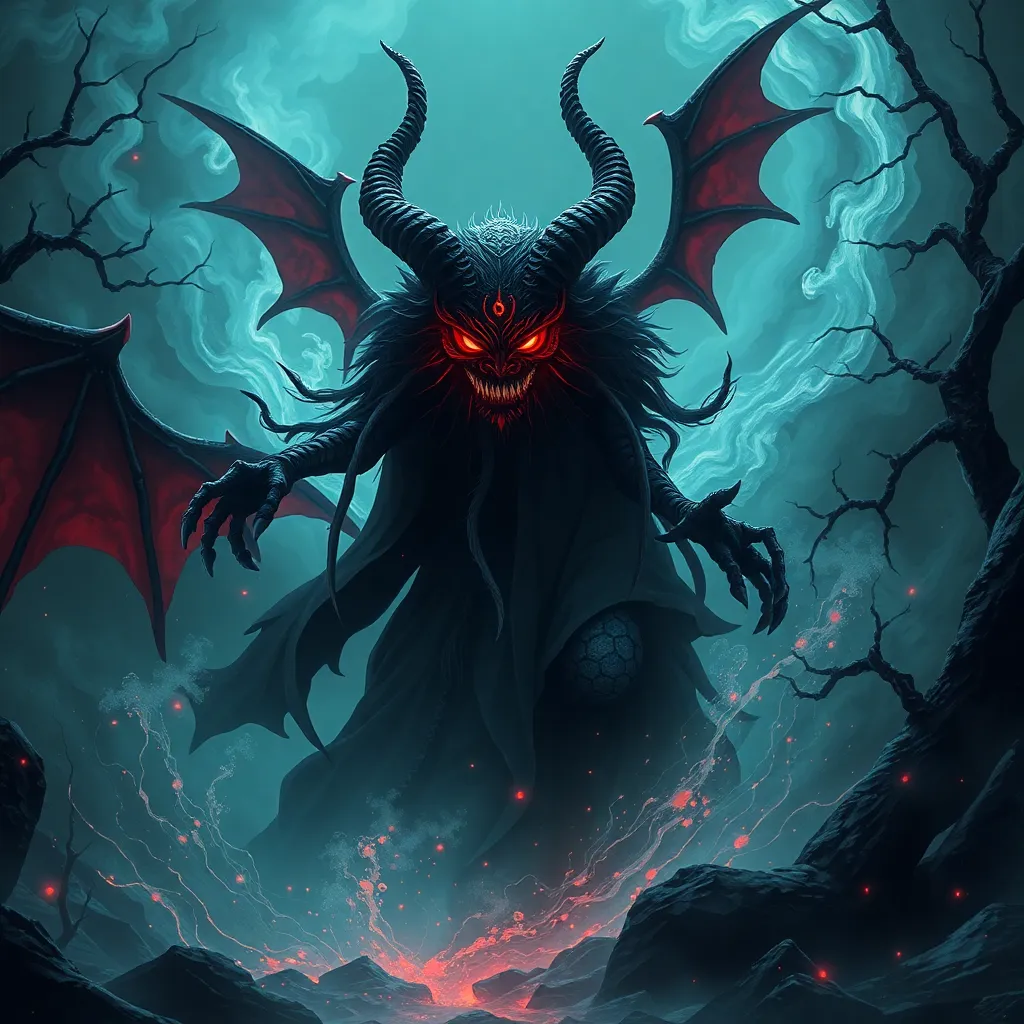Dryads in Norse Mythology: The Hidden Spirits of the Woodland
I. Introduction
In the realm of mythology, Dryads are often depicted as enchanting tree spirits that embody the essence of the forests. These beings are not just figments of folklore; they play a significant role in various cultures, including Norse mythology. In Norse culture, Dryads are believed to be guardians of the woodland, deeply connected to the trees and nature. This article aims to explore the origins, characteristics, roles, and cultural significance of Dryads in Norse mythology, as well as their relevance in contemporary society.
II. Origins of Dryads: Roots in Ancient Mythology
The concept of tree spirits is not unique to Norse mythology; it has roots in many ancient cultures worldwide. These spirits often symbolize nature’s vitality and the interconnectedness of all living things.
A. The concept of tree spirits in various cultures
In various mythologies, tree spirits serve as protectors of nature and are often associated with specific trees. For example:
- In Celtic mythology, the Druids revered trees, believing they were sacred beings.
- In Hinduism, the concept of “Vata” refers to the sacred fig tree, inhabited by spirits.
- In Japanese folklore, “Kodama” are spirits that reside in ancient trees.
B. Comparison with Greek Dryads
Greek mythology features Dryads primarily associated with oak trees. They are depicted as beautiful maidens who are inseparable from their trees. If a Dryad’s tree dies, she too is said to perish. This connection emphasizes the fragility of nature and the life-death cycle.
C. The role of nature in Norse beliefs
In Norse beliefs, nature is revered, and various spirits inhabit the natural world. Dryads, as woodland spirits, embody this reverence, representing the sacredness of trees and the ecosystems they support.
III. Characteristics of Dryads in Norse Lore
Dryads in Norse mythology possess unique attributes that distinguish them from their counterparts in other cultures.
A. Physical attributes and forms
While descriptions may vary, Norse Dryads are often envisioned as ethereal beings, sometimes appearing as beautiful women with features reminiscent of their associated trees, such as:
- Green hair resembling leaves
- Skin with bark-like textures
- Eyes that reflect the colors of the forest
B. Connection to specific trees and ecosystems
Different Dryads are linked to different types of trees, such as:
- Birch Dryads, associated with renewal and growth
- Pine Dryads, symbolizing endurance and resilience
- Willow Dryads, connected to emotion and adaptability
This connection emphasizes their role as guardians of their respective ecosystems.
C. Behavioral traits and characteristics
Dryads are often portrayed as gentle and nurturing, but they can also be fierce protectors of their woodland realms. They are known to:
- Assist lost travelers who respect nature
- Guard their trees from harm and exploitation
- Communicate with animals and other nature spirits
IV. The Role of Dryads in Norse Mythology
In the grand tapestry of Norse mythology, Dryads hold a significant role as protectors and mediators between the natural world and the divine.
A. Guardians of the forest and nature
Dryads are seen as the guardians of the forest, ensuring that the balance of nature is maintained. They protect the trees and plants, which are vital to the ecosystem.
B. Interactions with gods and other mythological beings
Dryads often interact with Norse gods and other mythological beings. They may offer guidance to gods who seek wisdom from nature or aid in quests that involve the natural world.
C. Influence on human life and agriculture
In many stories, Dryads influence the fertility of the land and the prosperity of human endeavors. Farmers would invoke Dryads for blessings on crops and healthy growth.
V. Symbolism and Cultural Significance
Dryads serve as powerful symbols within Norse culture, representing key values and beliefs.
A. Dryads as symbols of fertility and growth
As embodiments of flora, Dryads symbolize fertility, growth, and the cycle of life. Their presence in myths often signifies the importance of these themes in agricultural societies.
B. Representation of the balance between humanity and nature
Dryads illustrate the delicate balance that exists between humanity and the natural world. They remind us of the interconnectedness of all life forms.
C. The importance of trees in Norse cosmology
Trees hold a significant place in Norse cosmology, with Yggdrasil, the World Tree, being central to their beliefs. Dryads embody the spirit of these sacred trees, reinforcing their importance in the mythological narrative.
VI. Dryads in Folklore and Popular Culture
Over time, the image of Dryads has evolved, but their essence remains a powerful motif in folklore and contemporary media.
A. How Dryads have been portrayed in Norse folklore
In Norse tales, Dryads are often featured as mystical beings who can befriend or harm humans, depending on how they are treated.
B. Modern interpretations in literature and media
In modern literature and media, Dryads are frequently depicted in fantasy genres, often as mystical creatures with magical powers. Their portrayal can vary widely:
- In novels, they may serve as allies or antagonists.
- In films and games, they are often depicted as powerful protectors of nature.
C. The evolution of the Dryad archetype
As society evolves, so does the archetype of the Dryad, reflecting contemporary environmental concerns and the human relationship with nature.
VII. Conservation and Modern-Day Relevance
In today’s world, the ecological significance of trees and forests cannot be overstated, making the symbolism of Dryads more relevant than ever.
A. The ecological significance of trees and forests today
Trees and forests play a crucial role in maintaining biodiversity, regulating climate, and providing resources for countless species, including humans.
B. How Dryads symbolize environmental awareness
Dryads can be seen as symbols of environmental awareness and the need to protect our natural resources. They remind us of the importance of taking care of the planet.
C. The importance of preserving woodland habitats
As we face increasing environmental challenges, the preservation of woodland habitats becomes essential. The legacy of Dryads encourages us to cherish and protect these vital ecosystems.
VIII. Conclusion
In conclusion, Dryads hold a significant place in Norse mythology, embodying the spirit of the woodland and the interconnectedness of all life. Their roles as guardians, symbols of fertility, and reminders of our relationship with nature are as important today as they were in ancient times. As we navigate contemporary environmental challenges, let us remember the wisdom of the Dryads and strive to appreciate and protect the natural world that sustains us.



